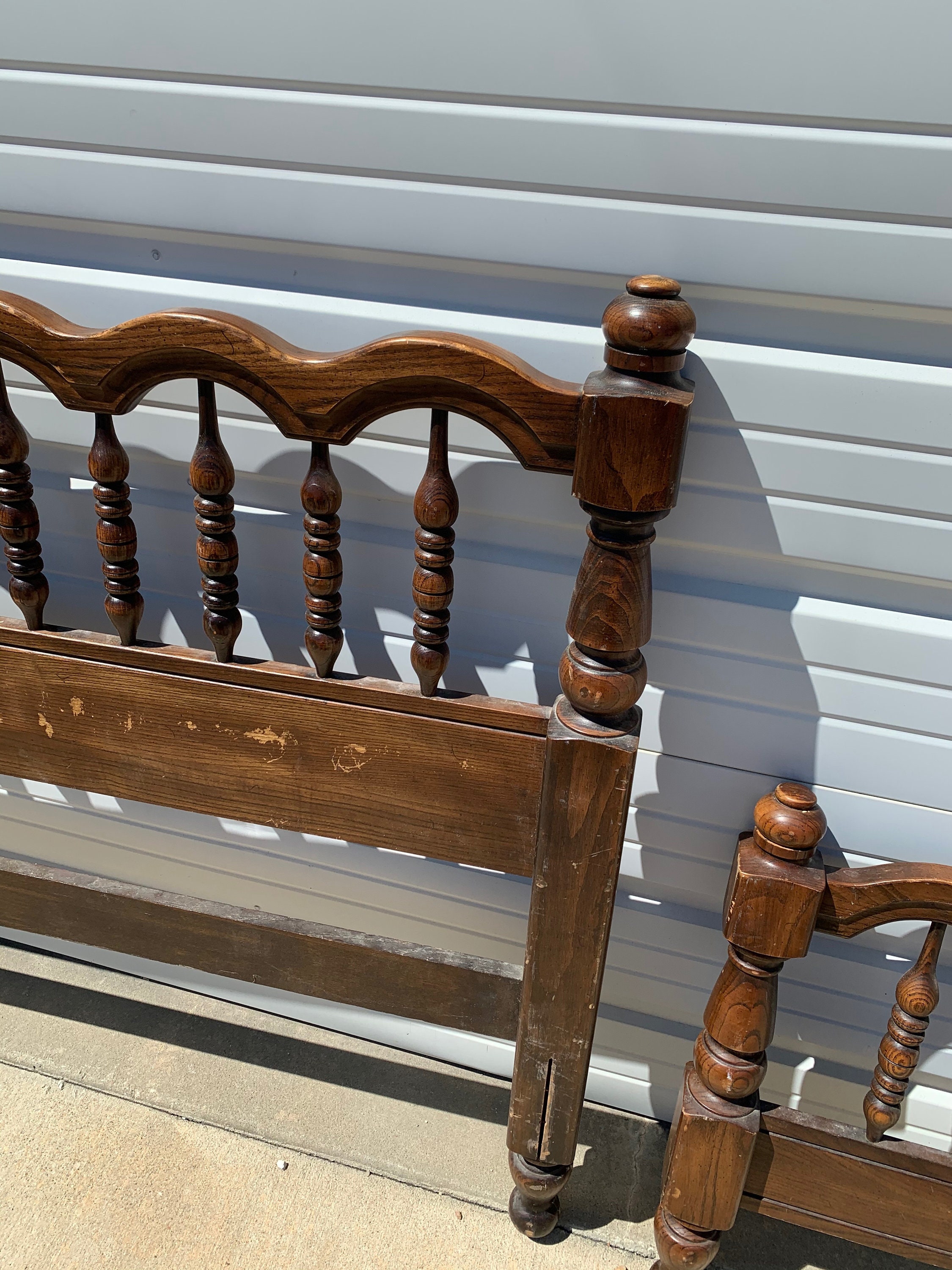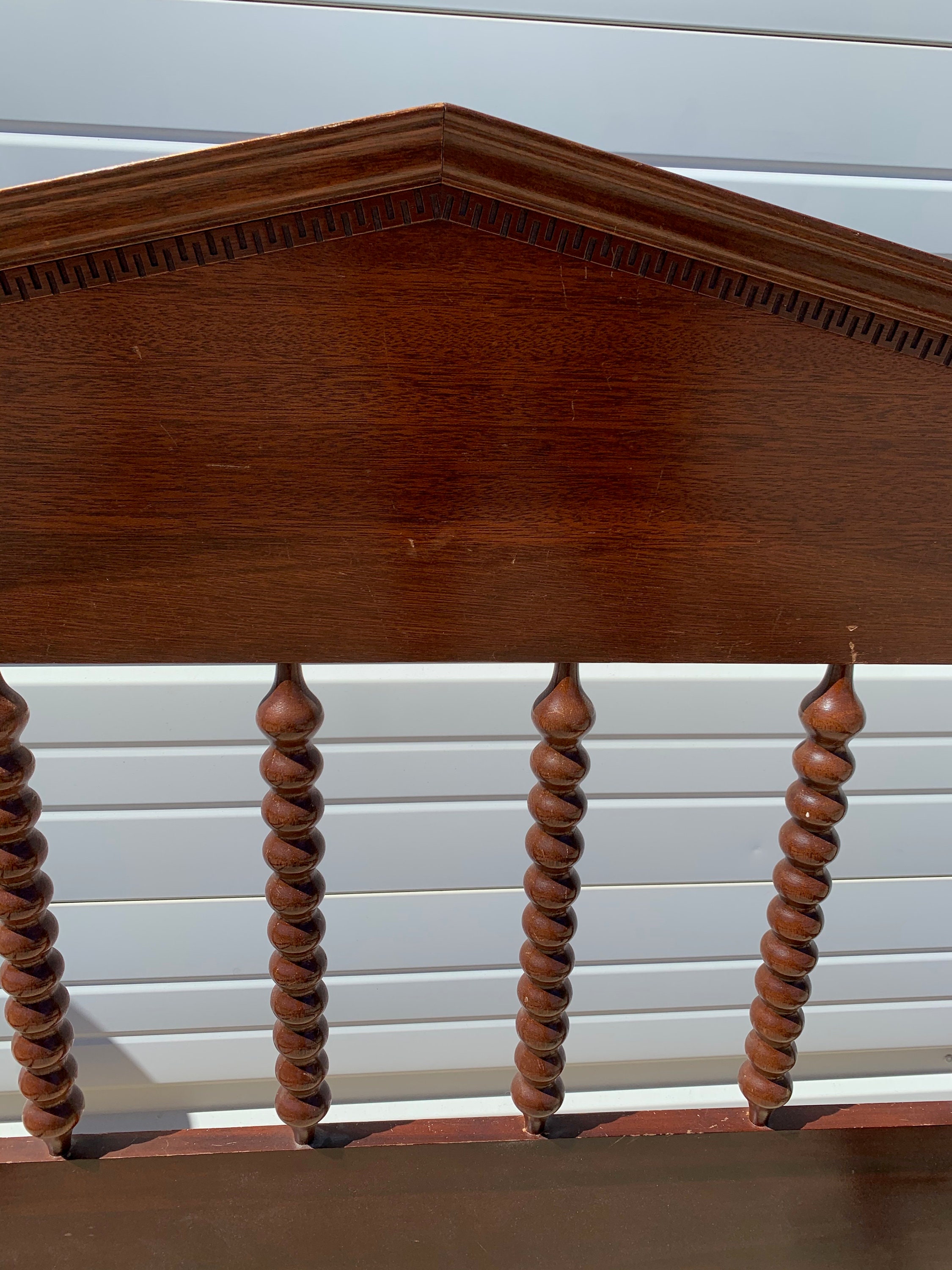

Henry Maudslay, who later developed many improvements to the lathe, worked at the Royal Arsenal from 1783, being exposed to this machine in the Verbruggen workshop. One of the key characteristics of this machine was that the workpiece was turning as opposed to the tool, making it technically a lathe. It was horse-powered and allowed for the production of much more accurate and stronger cannon used with success in the American Revolutionary War in the late 18th century. Īn important early lathe in the UK was the horizontal boring machine that was installed by Jan Verbruggen in 1772 in the Royal Arsenal in Woolwich. In 1718 Russian engineer Andrey Nartov invented one of the first lathes with a mechanical cutting tool-supporting carriage and a set of gears (also known as a compound rest or slide rest) with the first to invent such a lathe probably being Leonardo da Vinci. 1778 (drawing 47 out of set of 50 drawings) Įxact drawing made with camera obscura of horizontal boring machine by Jan Verbruggen in Woolwich Royal Brass Foundry approx. The first fully documented, all-metal slide rest lathe was invented by Jacques de Vaucanson around 1751. It is known as the mother of machine tools, as it was the first machine tool that led to the invention of other machine tools.

The lathe was very important to the Industrial Revolution. The first known painting showing a lathe dates to the 3rd century BC in ancient Egypt. 400 BC, the ancient Chinese used rotary lathes to sharpen tools and weapons on an industrial scale. ĭuring the Warring States period in China, c. Ĭlear evidence of turned artifacts have been found from the 6th century BC: fragments of a wooden bowl in an Etruscan tomb in Northern Italy as well as two flat wooden dishes with decorative turned rims from modern Turkey. There is also tenuous evidence for its existence at a Mycenaean Greek site, dating back as far as the 13th or 14th century BC. The earliest evidence of a lathe dates back to Ancient Egypt around 1300 BC. Other work-holding methods include clamping the work about the axis of rotation using a chuck or collet, or to a faceplate, using clamps or dog clutch.Įxamples of objects that can be produced on a lathe include screws, candlesticks, gun barrels, cue sticks, table legs, bowls, baseball bats, pens, musical instruments (especially woodwind instruments), and crankshafts.Ĭraftsman Gregorio Vara working a chair leg on a lathe in Tenancingo, State of Mexico

The workpiece is usually held in place by either one or two centers, at least one of which can typically be moved horizontally to accommodate varying workpiece lengths. Ornamental lathes can produce three-dimensional solids of incredible complexity. Most suitably equipped metalworking lathes can also be used to produce most solids of revolution, plane surfaces and screw threads or helices.

Lathes can be used to shape pottery, the best-known design being the Potter's wheel. Lathes are used in woodturning, metalworking, metal spinning, thermal spraying, parts reclamation, and glass-working. A watchmaker using a lathe to prepare a component cut from copper for a watchĪ lathe ( / l eɪ ð/) is a machine tool that rotates a workpiece about an axis of rotation to perform various operations such as cutting, sanding, knurling, drilling, deformation, facing, and turning, with tools that are applied to the workpiece to create an object with symmetry about that axis.


 0 kommentar(er)
0 kommentar(er)
